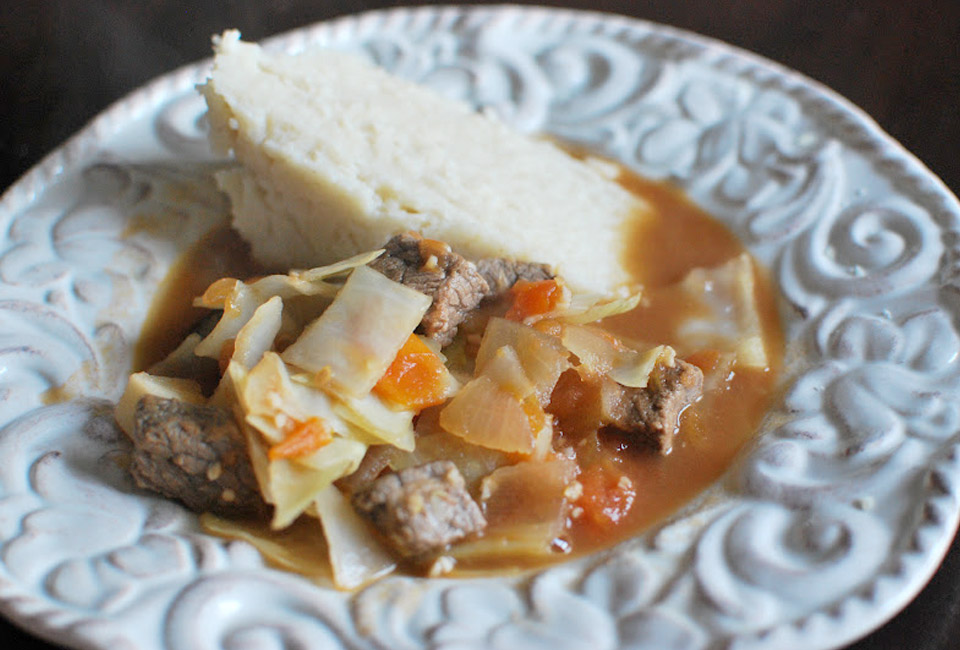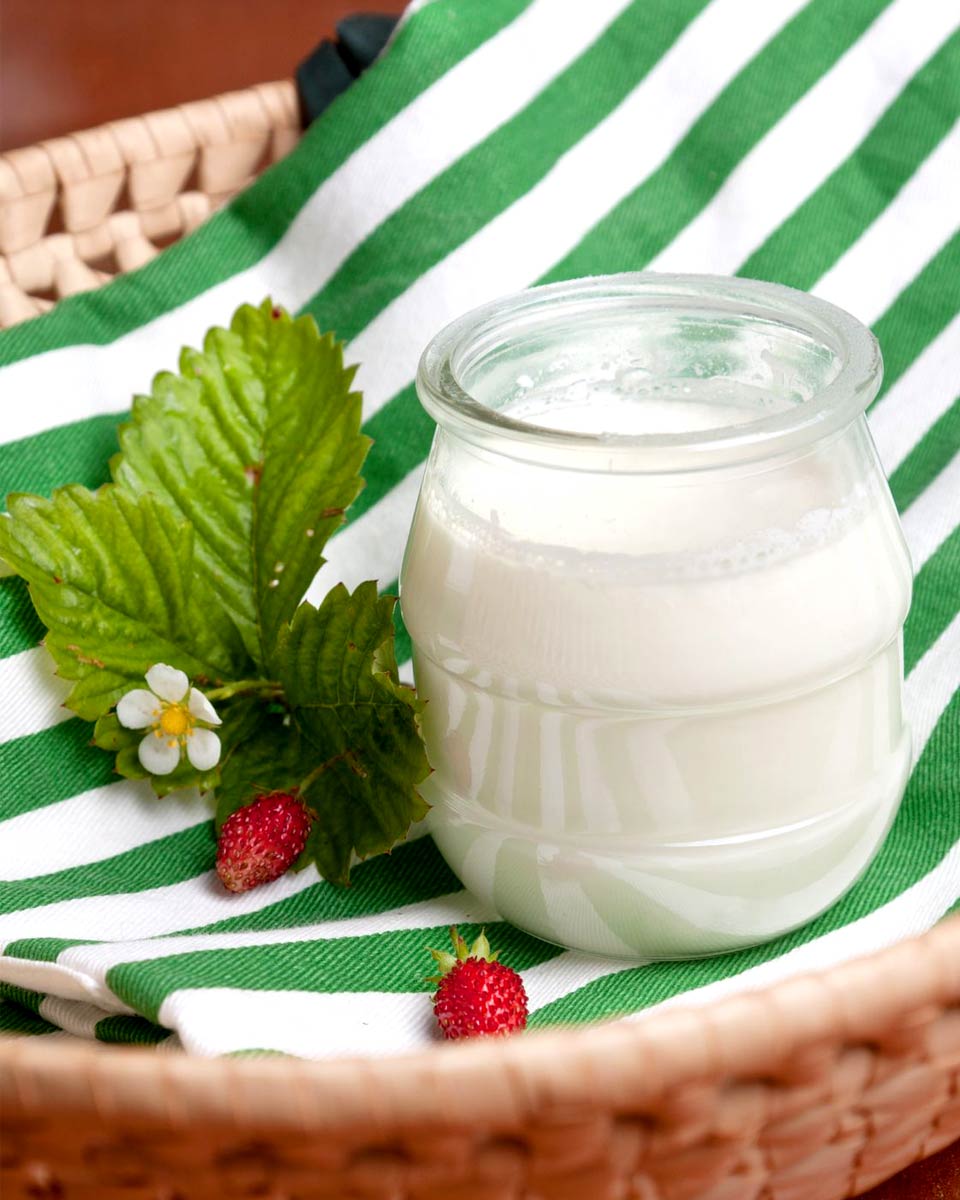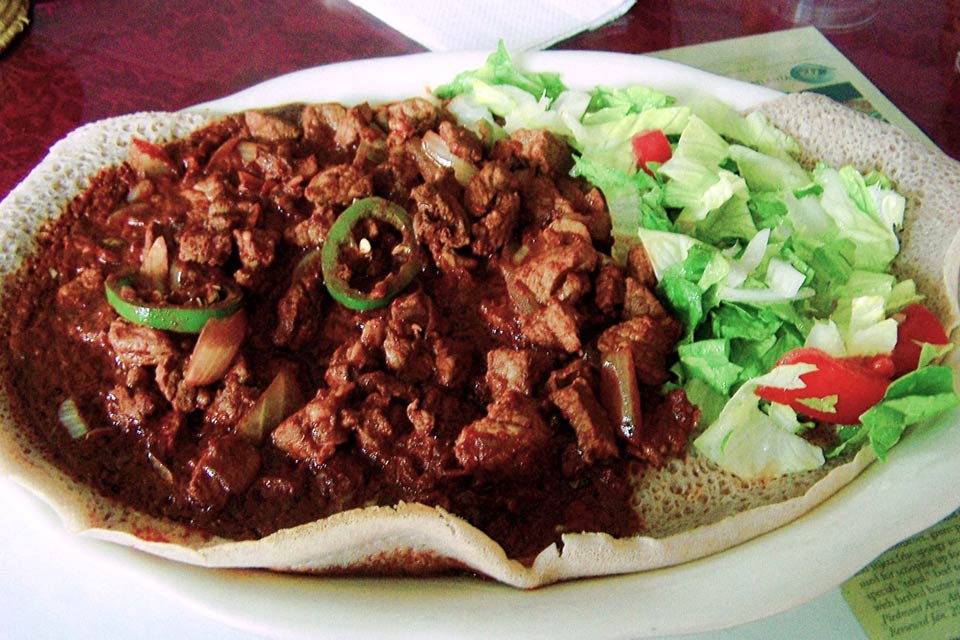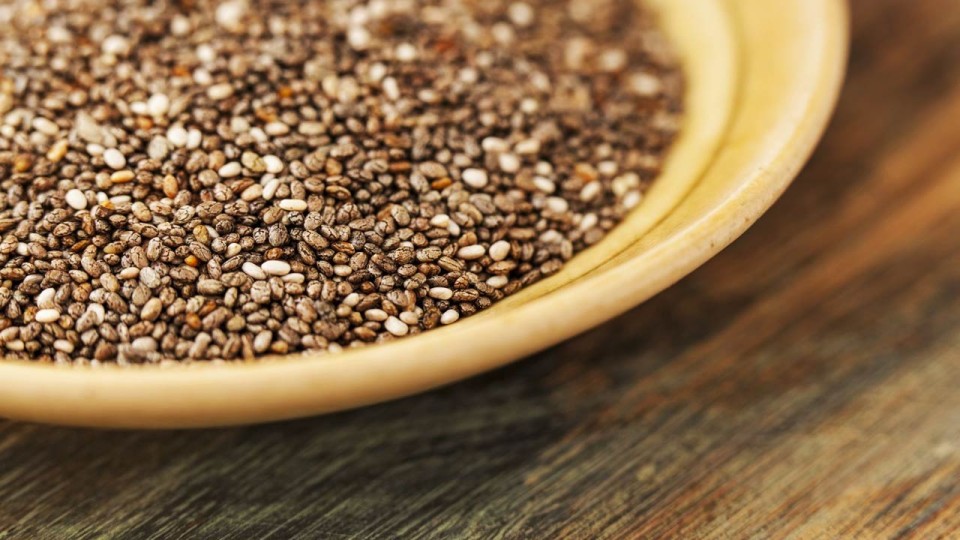If you run, you want to take advantage of every opportunity to improve your performance. This involves many factors, including consistent practice and keeping track of your progress. Your diet can also have a significant impact on your results.
While it’s well known that you need a healthy diet and that junk foods should be avoided, there are certain lesser known foods that can provide you with surprising benefits.
Let’s look at 4 of the best running foods that you may not be familiar with.
Ugali
Kenyans are well known for being some of the best runners in the world. While this is probably due to a number of factors, it can be helpful to take a close look at their diet to see what can be learned. This is especially true when we consider the fact that the vast majority of runners from Kenya come from one particular tribe, the Kalenjins.
The primary food eaten by the Kalenjins is known as ugali. This is not a single food, but a recipe made from cornmeal. This dish is usually served with vegetable or meat stews.

Although ugali sounds exotic to most Westerners, it is really a very simple dish and easy to make. It consists of white cornmeal and water. Salt or other seasonings may be added. Prior to European involvement in Africa, ugali was usually made with millet, but for the past few centuries cornmeal has been the base.
Ugali, which is also known as sadza in some areas, is a high carbohydrate food that is effective at providing energy for strenuous activities such as running. It also contains a healthy amount of naturally occurring carotenoids called lutein and zeaxanthin, which can help prevent age-related retina damage.
Anyone who wants to experiment with eating this traditional African food to support endurance can easily find the necessary ingredients. Organic cornmeal is the best type to use, as commercially grown corn tends to be heavily sprayed and is often genetically modified.
Mursik
In addition to ugali, one of the staple foods of the Kalenjin tribe of Kenya is mursik, a type of fermented yogurt drink. This food is sometimes called ash yogurt, because one of the ingredients is the ash from the cromwo tree. This gives the mursik a distinctive grey colour. Mursik can be made from either cow’s or goat’s milk. The milk is fermented for 3 days and the whey is drained out of it.
Yogurt, kefir, lasso and murk have similar benefits, but each has its own properties and unique consistency. Actually, any product made from fermented milk can be considered a type of yogurt. There are quite a few variations on this process though, including kefir, lassi and mursik.
Kefir, which was originally consumed in the Caucasus Mountains, consists of fermented milk mixed with kefir grains. Lassi, popular in India, is yogurt blended with water, spices and fruit. The distinctive feature of mursik is that the yogurt is mixed with cromwo ashes, which not only gives it a distinctive consistency and flavour, but also provides antiseptic qualities.

Although mursik is not sold widely, other fermented milk products (such as yoghurt) can be highly beneficial to runners. These foods provide high quality protein, as well as friendly bacteria that are good for digestion. They can often be consumed by people who are lactose intolerant, as they are easier to digest than regular milk. These foods are also good sources of calcium and Vitamin D, which support strong bones, also essential to runners to prevent stress fractures.
Injera
Injera is one of the secrets to the Ethiopians’ success as runners. It is a type of flat bread made from teff flour, a highly nutritious grain that grows in Ethiopia. Injera is one of the staple foods of Ethiopia, another country that is famous for producing some of the world’s best runners.
Teff has the distinction of being the world’s smallest grain, which makes it easy to grow. It is extremely high in calcium, manganese, Vitamin C and resistant starch. The latter is a type of fibre that helps to stabilize blood sugar. These are all important to runners, who need strong bones and consistent energy levels. There are many teff flour recipes that can make a variety of healthy foods, including injera.
Injera has many benefits compared to other types of bread. Many people are sensitive to gluten, which is found in many carbs. Injera, however, is gluten free. It is also low glycemic, which means that the carbohydrates are released over a longer period of time. This makes it an excellent source of energy for activities that require endurance.

Chia
Chia seeds become well known after the publication of the book Born to Run, by Christopher McDougall. In this book, McDougall explored the Tarahumara Indian tribe, which lives in the remote Copper Canyons of Mexico. Like the Kalenjins, the Tarahumara are a tribe that runs constantly, often for very long distances, in their daily lives. Unlike the Kenyans, they have only infrequently competed in international races. When they have, however, they have done exceptionally well.
According to McDougall, one of the secrets of these long distance runners is their consumption of chia seeds. These seeds, which come from a plant in the mint family, have been consumed in Mexico and Central America for centuries, since the time of the Aztecs. It’s a high protein food that’s also a good source of omega-3 fatty acids. It also contains valuable minerals such as phosphorous, manganese and calcium.
Chia seeds are now widely sold, either in seed form or nutritional powders and drinks. This is a food that is highly nutritious by any standards, and it can be particularly useful to runners and others who engage in exercises that require exertion over long periods of time.
A Healthy Diet Supports Running
The way you eat has a great impact on your training in sports such as running. While it’s also essential to put in the hours and focus on proper technique, the foods you consume are your fuel.
It makes sense to study the diets of people who have shown exceptional prowess as runners. Superfoods such as ugali, mursik, injera and chia can provide your body with very high quality fuel that can help you perform your best.





